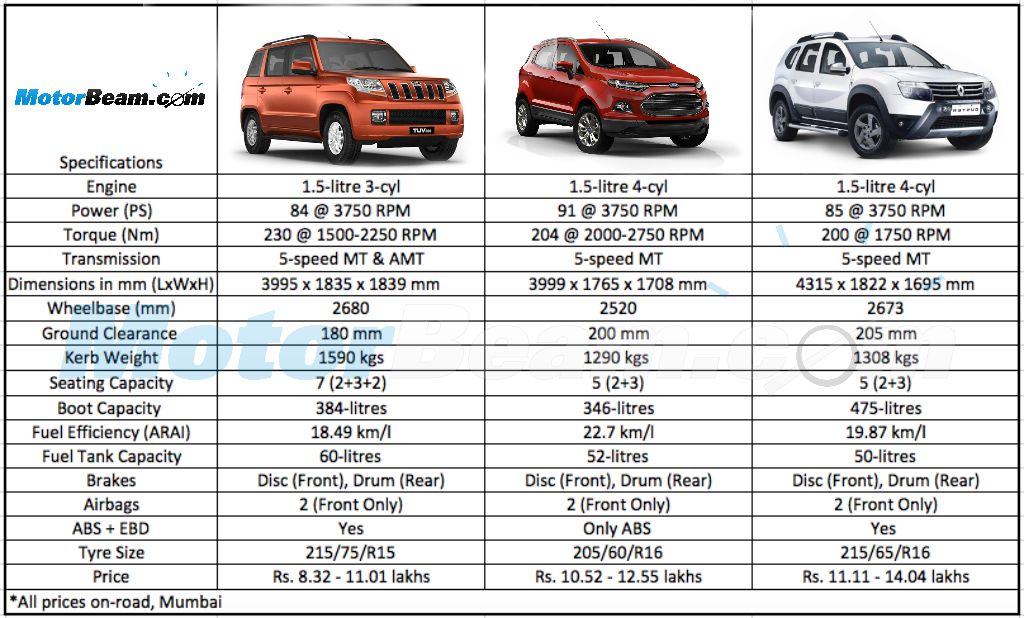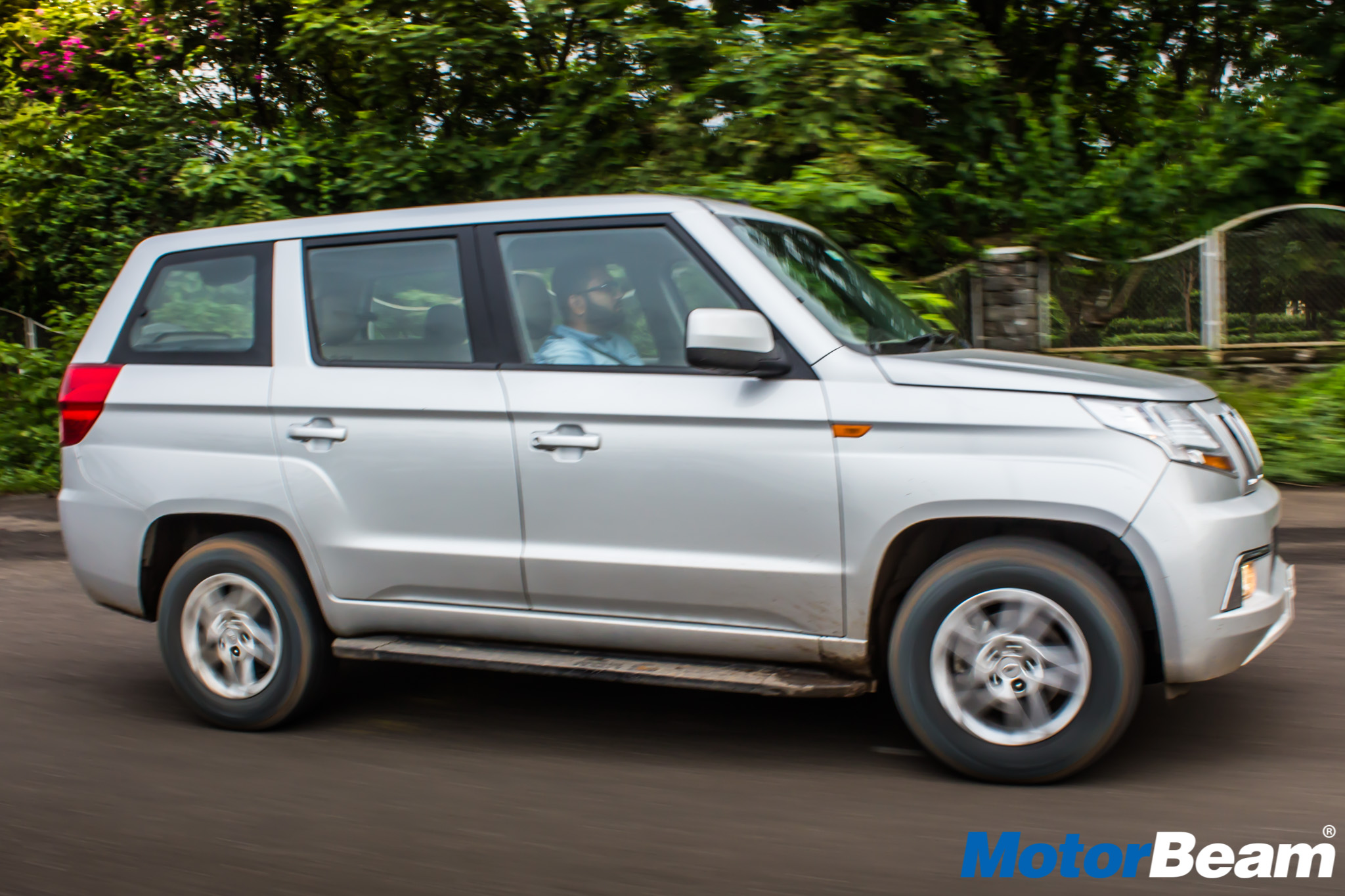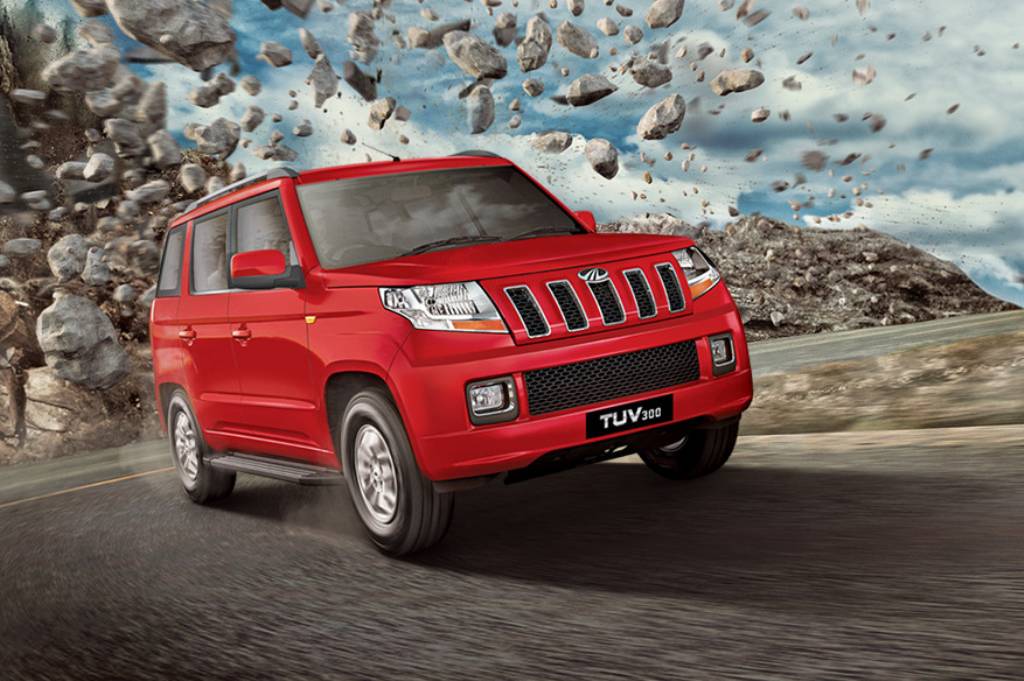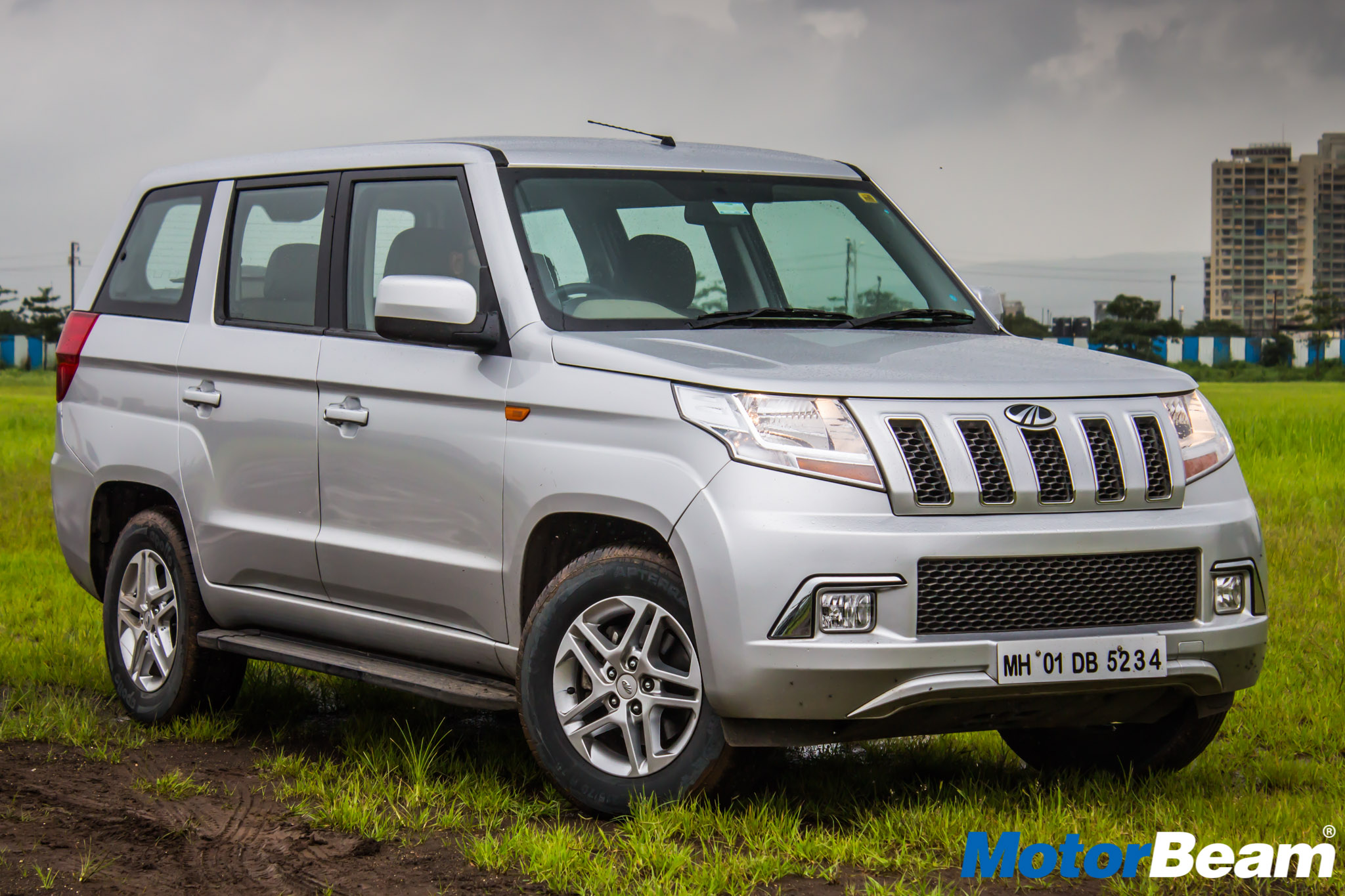The Mahindra TUV300 is aggressively priced and undercuts the competition by a healthy margin with lots of features to offer and that will surely affect the sales of the Ford EcoSport and even the Duster to an extent.
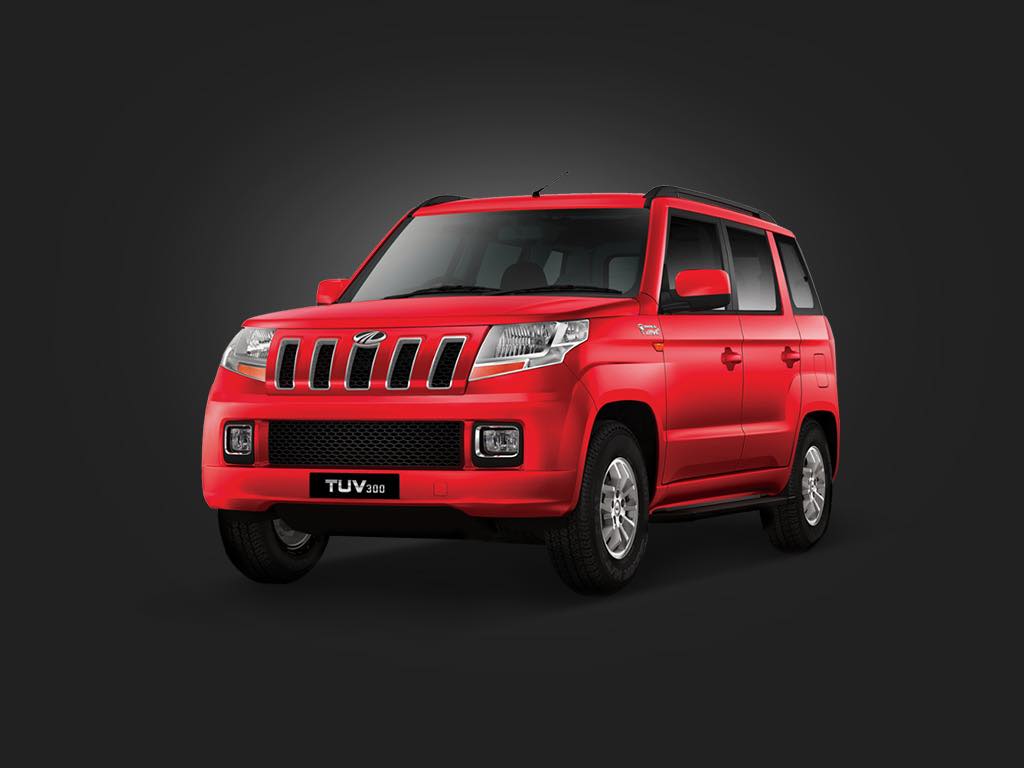
It was the Renault Duster that kickstarted the compact SUV segment in 2012 and pretty much ruled the space until the Ford EcoSport came along in 2013 that further aggravated the popularity of the cars. Since then there have been plenty of compact SUVs, but none with sub 4-metre dimensions. That said, falling from the Quanto’s failure, Mahindra had been working extensively on the TUV300 that has finally seen its launch day and emerges as a compelling package in itself. But how does it fair against established names like the Duster and EcoSport? We do a quick spec comparison to find that out.
Design – The Mahindra TUV300 may not emerge as stylish at first glance, but it does have a strong presence that most buyers will love. The front fascia gets too serious and the grille could have been better, but the side profile with its clean lines lends a strong profile to the SUV. The Ford EcoSport gets a highly appreciated design with its tall proportions and urban styling working well, while the Renault Duster despite a rather bland front is the only full sized SUV with the right proportions. The accentuated wheel arches also win the Duster extra brownie points. The TUV300 and EcoSport get a tailgate mounted spare wheel which the Duster misses out on, but the latter does not need one to enforce a brawny appeal.
Dimensions – At 4.3 metres in length, the Renault Duster is the largest SUV here and that does make for marginally better interior space. In comparison, both the EcoSport and TUV300 are ducked under the 4-metre mark with the shortest being the Mahindra (3995 mm) but are also taller than the Duster offering better headroom. The TUV offers best-in-class width and height, whereas the Duster is the shortest vehicle in height here.
That said, the Renault gets the highest ground clearance at 205 mm, followed by the EcoSport at 200 mm while the TUV300 stands at 180 mm. In terms of seating capacity, the TUV wins with its 2+3+2 layout, while the others are strict 5-seaters. The two jump seats do consume the boot capacity when opened. Speaking of which, the Duster’s larger dimensions make for 475-litres of cargo space, followed by the TUV that provides 384-litres of space whilst the EcoSport offers the lowest capacity of 346-litres.
Engines – All three SUVs draw power from a 1.5-litre engine, but the TUV300 uses a 3-cylinder unit whereas the others get 4-cylinder versions. Power peaks in at 3750 RPM on all three models with the EcoSport, Duster and TUV producing 91 PS, 85 PS and 84 PS respectively. Torque varies though by a healthy margin as the Mahindra offers a maximum output of 230 Nm between 1500-2250 RPM while the Duster is marginally lower producing 200 Nm at 1750 RPM. The EcoSport churns out 204 Nm, but it kicks in between 2000-2750 RPM. Transmissions on all three models include a 5-speed manual as standard, but Mahindra is also providing a 5-speed AMT with the TUV300 which will appeal to a lot of buyers.
Price – Mahindra’s highly aggressive pricing has given the TUV300 a competitive edge. With prices starting at Rs. 8.32 lakhs for the base variant, the TUV undercuts the EcoSport by over Rs. 2 lakhs and the Duster by Rs. 3 lakhs. The EcoSport feels a tad bit expensive now, whereas the Renault is larger in proportions and also pays higher excise duty for the same, thereby escalating the price.
That said, the TUV300 is also well kitted up and gets micro-hybrid and brake-energy regeneration system which the other SUVs lack. All three models offer the necessary features on top trims, while safety features are much better on the EcoSport with ABS available on all trims while TUV300 offers airbags on all trims (although as option on lower trims). The Duster only gets a driver side airbag on the top RxL trim with the passenger side airbag offered as optional.
Verdict – With styling being a subjective matter, Mahindra has done a fine job with the TUV300 that gets neatly done interiors, strong proportions and effective road presence. In comparison, the Duster emerges as dramatically expensive with the mediocre interior quality working against its price. The EcoSport offers excellent driving dynamics but does miss out on certain bits with interior space being one of them. This definitely makes the TUV300 a competitive option in the segment as it can be taken as a compelling overall package.


